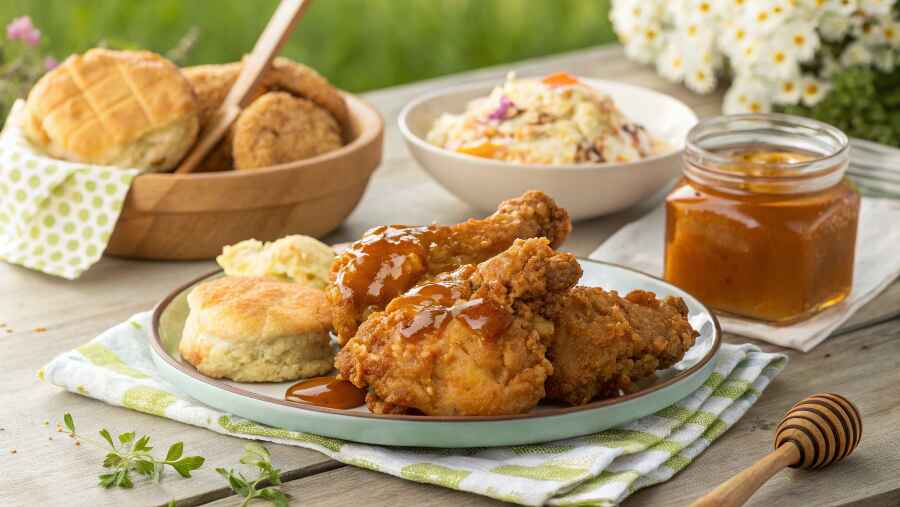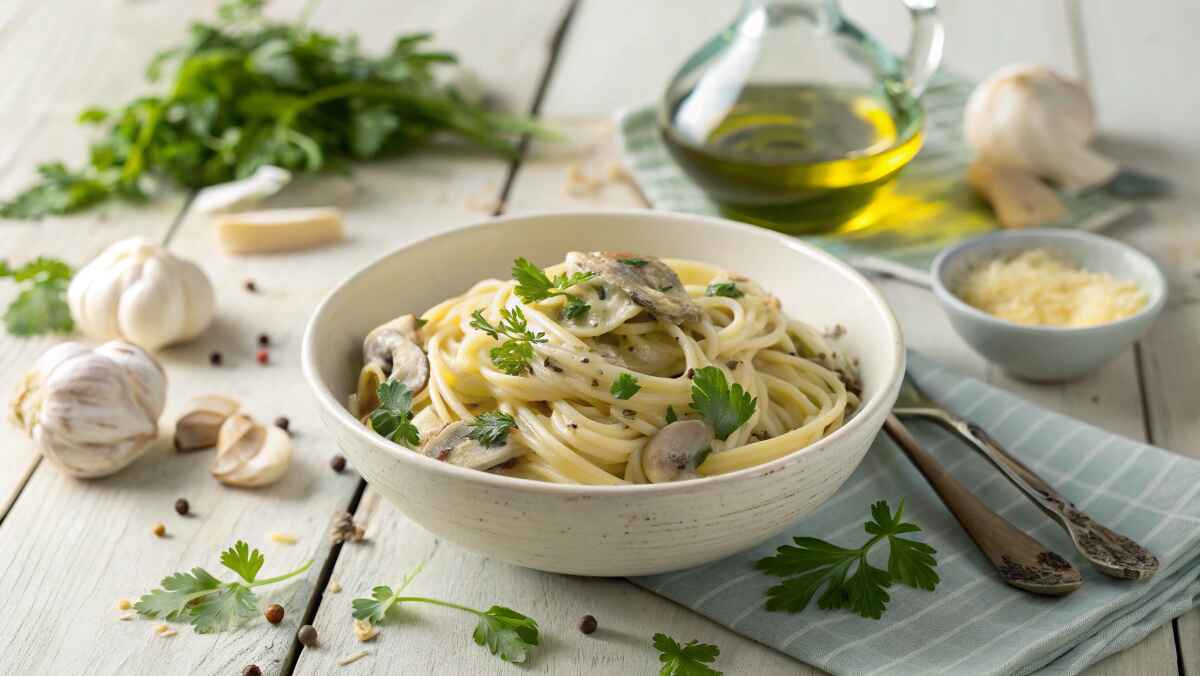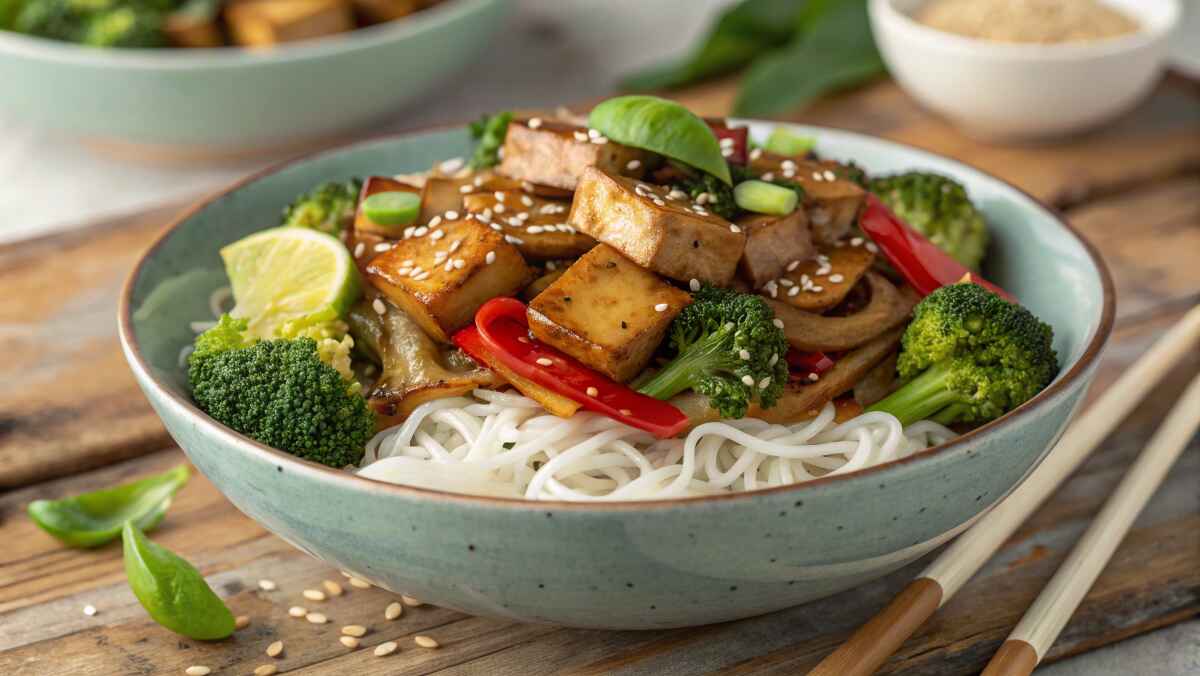Looking for a new way to enjoy bacon without pork? This delicious option, made from the belly or other fatty cuts of beef, offers a bold, smoky flavor and crispy texture that elevates any dish. Whether for breakfast, burgers, or salads, beef bacon is a versatile and tasty choice.
For more hearty meat options, explore this guide on boneless ribs.
Why This Alternative is Worth Trying
1. Ideal for Pork-Free Diets
One of the main reasons this bacon alternative is so appealing is its suitability for individuals who avoid pork. Whether due to cultural, religious, or personal dietary choices, it offers a flavorful option that aligns with specific dietary needs.
- Halal and Kosher Diets:
Beef bacon has become a popular staple in halal and kosher households, providing the savory satisfaction of bacon without the use of pork. Its preparation often adheres to religious guidelines, ensuring inclusivity. - Cultural Relevance:
Many cuisines, especially in the Middle East and South Asia, have long favored beef over pork. This bacon alternative aligns with these traditions while introducing a modern twist. - Vegetarian Transition Diets:
While not vegetarian, beef bacon can serve as an occasional option for those transitioning to flexitarian diets, offering a familiar texture and flavor profile without pork.
For more meal inspiration, consider exploring this Japanese hotpot guide, which provides creative ways to use non-pork proteins in meals.
2. Bold, Smoky Flavor
What sets this bacon apart is its deep, robust flavor profile. Unlike its pork counterpart, which leans more towards a lighter, sweeter taste, beef bacon delivers a hearty richness that pairs beautifully with both simple and complex dishes.
- Smoky Undertones:
The smoking process, often using hickory or applewood, gives the bacon its signature aroma and earthy flavor. This makes it an excellent pairing with other savory ingredients like eggs, potatoes, or grilled vegetables. - Texture and Mouthfeel:
Beef bacon is slightly thicker and chewier than pork bacon, giving it a satisfying bite that complements hearty meals. - Seasonal and Festive Appeal:
Its bold flavor also makes it a standout choice for holiday feasts or barbecue gatherings, adding depth to dishes like stuffing, casseroles, or smoked platters.
3. Versatile in Cooking
The true beauty of this bacon alternative lies in its versatility. Its rich flavor and crisp texture allow it to be used in countless recipes, whether as the star of the dish or a complementary ingredient.
- Crispy Side Dishes:
Serve crispy strips alongside eggs, waffles, or hash browns for a satisfying breakfast. You can even crumble them over roasted Brussels sprouts or mashed potatoes to add a smoky crunch. - Toppings for Burgers and Sandwiches:
Elevate a classic cheeseburger or BLT by adding crispy bacon slices. Its hearty flavor pairs well with melted cheese, juicy beef patties, or fresh vegetables. - Salads and Soups:
Use it as a garnish for Caesar salads, creamy potato soups, or hearty stews. The crunch and smoky taste enhance both texture and flavor. - Creative Applications:
Try wrapping it around asparagus spears, stuffing it into jalapeño poppers, or using it as a topping for baked mac and cheese. These ideas showcase its versatility across various cuisines and occasions.
The History of This Unique Bacon
In regions where beef is the primary protein, such as the Middle East, this alternative has been used for centuries. Traditional methods of curing and smoking meat have made it a flavorful addition to diverse cuisines. Its growing popularity reflects its suitability for modern dietary needs.
How It’s Made: The Process Behind Beef Bacon
Beef bacon owes its rich flavor and distinct texture to a meticulous preparation process that blends traditional techniques with modern methods. Each step, from selecting the perfect cut of meat to slicing and packaging, plays a crucial role in delivering the bold taste and crispy texture that make beef bacon unique.
1. Selecting the Cut
The foundation of great beef bacon lies in choosing the right cut of meat. Different cuts provide varying textures and fat content, which influence the final product’s flavor and cooking characteristics.
- Beef Belly:
This is the most popular choice due to its generous fat marbling, which contributes to a rich, crispy texture when cooked. The fat renders down beautifully, infusing the bacon with flavor while keeping it moist. - Brisket or Round:
For those seeking a leaner option, brisket or round cuts are excellent alternatives. While these cuts have less fat, they still retain the robust beefy flavor and offer a slightly chewier texture.
The choice of cut depends on the desired balance between flavor, texture, and health considerations, making beef bacon a customizable option for various preferences.
2. The Curing Process
Curing is a vital step that enhances the flavor of beef bacon and helps preserve it. The curing mixture typically includes salt, sugar, and a selection of spices, which penetrate the meat to create its signature taste.
- Salt:
Acts as a preservative and enhances the natural beef flavors. - Sugar:
Adds a subtle sweetness that balances the smokiness and saltiness, creating a well-rounded flavor profile. - Spices:
Spices like black pepper, garlic, paprika, or cayenne are often used to add depth and a touch of heat. The spice blend can be adjusted to match regional or personal taste preferences.
The beef is coated in this mixture and left to cure for several hours to a few days, depending on the recipe. During this time, the curing process infuses the meat with flavor while helping to tenderize it.
3. Smoking for Depth
Smoking is what sets beef bacon apart, imparting a deep, earthy aroma and enhancing its bold flavor.
- Wood Chips for Smoking:
The choice of wood chips—such as hickory, applewood, or mesquite—plays a significant role in defining the final flavor. Hickory provides a robust smokiness, while applewood adds a slightly sweet, fruity undertone. - The Smoking Process:
After curing, the meat is placed in a smoker where it is exposed to low, consistent heat. This step not only enhances the flavor but also helps to further preserve the meat. The slow smoking process allows the fat to render and the flavors to develop fully, ensuring a deliciously rich and smoky final product. - Timing:
Smoking times can vary, typically ranging from several hours to a full day, depending on the desired intensity of the smoky flavor.
4. Slicing and Packaging
The final step in creating beef bacon is slicing and packaging, ensuring that the product is ready for easy use in kitchens.
- Precision Slicing:
Once smoked, the beef is cooled and sliced thinly to mimic the shape and size of traditional bacon. This makes it easy to cook and versatile for a variety of recipes. - Thickness Options:
Some brands offer thicker slices for a meatier bite or thinner slices for extra crispiness, catering to different preferences. - Packaging:
After slicing, the bacon is vacuum-sealed or packed in airtight packaging to maintain freshness. The packaging also ensures the bacon is easy to store and use, whether at home or in professional kitchens.
Crafting Flavor and Quality
The entire process, from selecting the cut to slicing, reflects the artistry and precision involved in creating beef bacon. By combining traditional curing and smoking techniques with modern methods, beef bacon delivers a product that satisfies the craving for bold, smoky flavors with a distinctively beefy twist.
Nutritional Benefits
This bacon isn’t just flavorful—it’s packed with nutrients, making it a healthier choice than traditional options.
1. Protein Power
It’s rich in protein, supporting muscle repair and providing sustained energy.
2. Vitamins and Minerals
- B Vitamins (B12): Boost energy and maintain nerve health.
- Iron: Improves oxygen transport in the blood.
- Zinc: Strengthens immunity and aids in healing.
3. Healthy Fats
Contains monounsaturated fats that support heart health when consumed in moderation.
4. Lower Fat Choices
Lean cuts like brisket offer a reduced fat alternative.
5. Low-Sodium Varieties
Many brands provide low-sodium options, ideal for those watching salt intake.
Cooking Tips for Perfect Results
This bacon can be prepared using several methods for maximum crispiness:
1. Stovetop Method
- Cook slices in a heated skillet for 2-3 minutes per side.
2. Oven Method
- Preheat to 375°F (190°C).
- Bake slices on a lined tray for 12-15 minutes, flipping halfway.
3. Air Fryer Method
- Cook slices in a preheated air fryer at 375°F (190°C) for 7-10 minutes.
Recipes to Try
1. Bacon-Wrapped Asparagus
Wrap tender asparagus spears with crispy bacon slices, drizzle with olive oil, and roast to perfection.
2. Smoky Cheeseburgers
Top a juicy beef patty with melted cheese and crispy bacon for a rich, flavorful burger.
3. Creamy Carbonara
Combine crispy bits of bacon with pasta, garlic, and parmesan for a decadent dish.
Comparing to Pork Bacon
- Taste: Richer, with a bold, smoky flavor.
- Texture: Slightly chewier but equally satisfying.
- Cooking Time: May take slightly longer due to its thickness.
Final Thoughts: Is Beef Bacon Worth Trying?
Beef bacon is more than just a pork-free alternative—it’s a rich, smoky, and flavorful ingredient that brings a unique twist to classic dishes. Packed with protein, essential nutrients, and bold taste, it fits seamlessly into a variety of diets, including halal, kosher, keto, and high-protein lifestyles.
Whether you’re enjoying it crispy alongside eggs for breakfast, adding it to gourmet burgers, or experimenting with creative recipes, beef bacon is a versatile and delicious choice that’s worth a try. If you’re looking to expand your culinary horizons, this savory, nutrient-rich bacon alternative is a must-have in your kitchen!
💡 Want more ways to enjoy beef bacon? Check out our best beef bacon recipes for inspiration!



